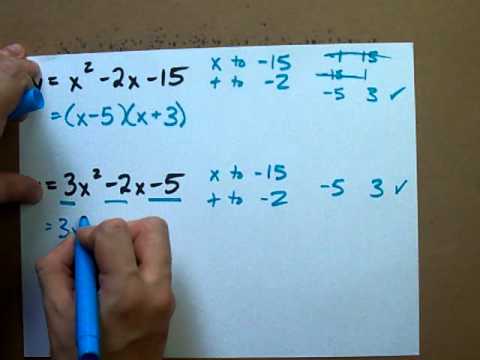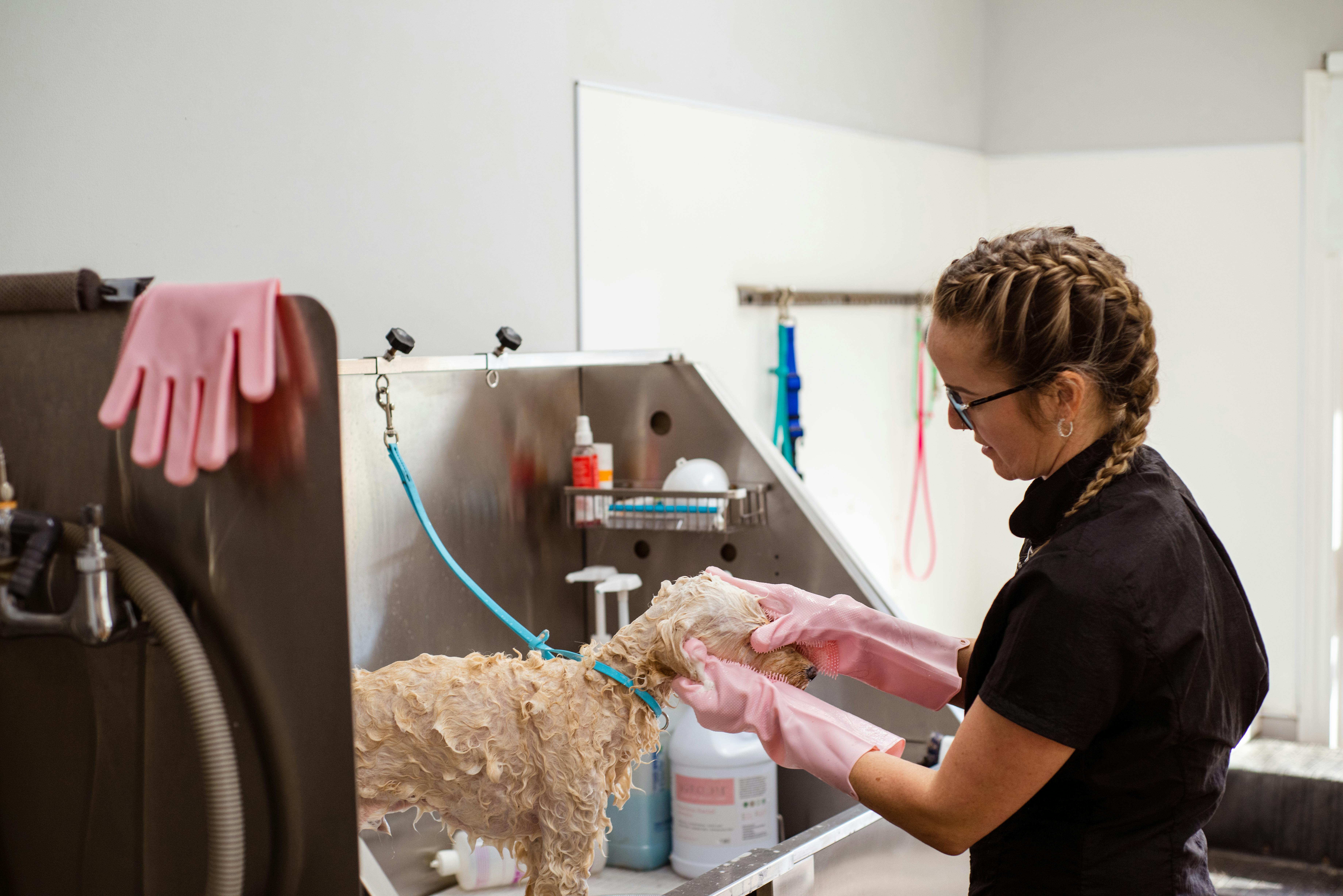
Effective Ways to Get Big Arms: Proven Techniques for 2025
Building larger, stronger arms is a common fitness goal for many individuals seeking to improve their overall physique. Developing impressive arm muscles not only enhances aesthetics but also boosts functionality for various everyday activities. This article will explore effective techniques on how to get big arms, providing insights into workout strategies, nutrition, rest, and lifestyle adjustments necessary for achieving substantial muscle hypertrophy.
Understanding the importance of both bicep exercises and tricep exercises in your arm workout plan is vital, as these muscle groups work together to create the desired look and strength. Moreover, a strong emphasis on progressive overload and correct training methods is essential for long-term success. To support your learning journey, we will delve into different workout methods, dietary habits for muscle growth, and important recovery strategies to ensure optimal results.
The key takeaways from this article include effective workout routines, nutritional advice tailored to enhance muscle growth, and practical tips to keep you motivated and on track. Let’s dive into the terminology and methods that will elevate your arm training to the next level.
Understanding Muscle Hypertrophy and Strength Training
Before you start your journey toward bigger arms, it's crucial to grasp the concepts of muscle hypertrophy and strength training. Muscle hypertrophy refers to the increase in muscle size through the growth of muscle cells, which is achieved via resistance training.
The primary goal of strength training is not only to increase muscle size but also to improve overall strength and endurance. It's essential to incorporate a variety of arm exercises that include compound movements, such as push-ups and pull-ups, alongside isolation movements like bicep curls and tricep dips for balanced development.
One key principle here is the idea of progressive overload, which involves gradually increasing the weight, frequency, or number of repetitions in your workouts. By implementing progressive overload, you create the necessary stimulus for muscles to grow. Be sure to track your workouts and evaluate your fitness levels. Regular assessments enable you to gauge your progress and adjust your arm training schedule accordingly.
As you design your arm workout plan, consider the ideal workout frequency as well. Training your arms two to three times a week allows for the proper recovery time while promoting muscle growth. Incorporating arm flexibility exercises will also help improve overall performance and reduce injury risks.
Staying consistent with your training routines is another focal point in achieving impressive results. Consistency not only builds technique and strength but also establishes a strong habit, which ultimately leads to a more significant, long-lasting commitment to your fitness goals.
Transitioning from understanding the fundamentals, let's look into specific exercises that will enhance your arm development.
Top Arm Workout Exercises for Maximum Growth
To achieve your desired arm size increase, focusing on effective bicep exercises and tricep exercises is crucial. Here, we will highlight several exercises that form the backbone of an effective arm workout.
Essential Bicep Exercises to Include
1. **Bicep Curls**: This classic exercise primarily targets the biceps brachii. Using either an EZ curl bar or dumbbells, execute this movement by keeping your elbows close to your body and curling the weights up towards your shoulders. Aim for 3-4 sets of 8-12 repetitions.
2. **Reverse Grip Curls**: This variation engages both the biceps and forearms, helping to enhance grip strength. With your palms facing down, perform the curl movement similarly to traditional curls for added muscle engagement.
3. **Chin-Ups**: Although a compound exercise, chin-ups are highly effective for targeting the biceps. Focus on proper form to maximize bicep recruitment during each rep.
Outstanding Tricep Exercises for Definition
1. **Tricep Dips**: Using parallel bars or a sturdy bench, this bodyweight exercise can significantly increase tricep size and strength. Ensure your form is correct to prevent shoulder strain.
2. **Skull Crushers**: This isolation movement can be performed with dumbbells or a barbell. Lying on a bench, lower the weight to your forehead and back, focusing on controlling the motion through your triceps.
3. **Push-Ups**: While often perceived as a chest exercise, push-ups also engage the triceps significantly. Variations such as close-grip push-ups will enhance tricep activation.
Throughout your workouts, remember to incorporate various workout variations, including circuit training, for added intensity and challenge. With a focus on both biceps and triceps, you can build well-defined arms that complement your upper body strength.

This naturally leads us to the significance of proper nutrition and supplementation in supporting your arm training regimen.
Nutrition for Muscle Growth and Recovery
Proper nutrition plays a vital role in preparing your body for workouts and supporting muscle recovery. To achieve effective arm growth, emphasize a diet rich in protein and healthy fats while maintaining a calorie surplus to fuel your workouts.
1. **Protein Intake**: For muscle gain, it's crucial to consume adequate protein throughout the day. Incorporate sources like chicken, fish, legumes, dairy, and plant-based proteins into your meals. Aim for 1.6-2.2 grams of protein per kilogram of body weight daily, tailoring your intake to your activity levels and goals.
2. **Healthy Fats and Carbohydrates**: Include healthy fats such as avocados, nuts, and olive oil in your diet to support hormone production, which is essential for muscle growth. Carbohydrates are vital for replenishing glycogen stores and fueling your workouts, so consider them an important part of your pre- and post-workout meals.
3. **Hydration for Workouts**: Staying hydrated is crucial for optimal performance in the gym. Water aids in digestion, nutrient absorption, and overall muscle function. Ensure you sip water throughout the day and particularly during workouts.
As you set your arm strength goals, remember that nutrition timing matters too. Consuming protein-rich meals or supplements shortly after your workouts helps maximize muscle recovery. Monitoring your hydration levels also optimizes recovery, allowing muscles to repair and grow effectively.
Incorporating these dietary habits into your routine is essential for achieving the best results from your arm workouts. Following this, let’s explore critical recovery strategies to prevent burnout and support consistent progress.
Rest and Recovery: Key to Arm Growth
Rest and recovery are integral components of any workout routine, especially in strength training for arms. Without proper recovery, muscles cannot repair, grow, or develop as intended.
1. **Injury Prevention**: When engaging in rigorous arm exercises, it's crucial to prioritize injury prevention strategies. Use proper form and technique in all movements, and avoid overloading weights too quickly.
2. **Importance of Sleep**: Quality sleep is essential for muscle recovery; aim for 7-9 hours each night. During sleep, your body releases growth hormones that assist in muscle repair and growth.
3. **Active Recovery**: Incorporate light activities on rest days, such as walking or yoga, to maintain arm flexibility and encourage blood flow, which aids in recovery.
Developing a well-thought-out training schedule that balances workout intensity with adequate rest will be beneficial in avoiding plateaus and promoting continuous progress toward your arm growth goals.

This leads us to the final segment, addressing fitness motivation and how to stay committed to your arm workout journey.
Maintaining Fitness Motivation and Progress
Staying motivated is imperative to achieving your fitness goals, especially when it comes to the repetitive nature of weightlifting routines. Here are some strategies to keep your fitness motivation levels high:
1. **Setting Realistic Goals**: Define clear, achievable fitness goals for your arm training. Regularly assess your progress and celebrate small accomplishments to maintain enthusiasm.
2. **Training Partners**: Consider working out with a training partner to boost accountability and introduce healthy competition. Sharing goals with a buddy helps stay motivated and engaged.
3. **Tracking Muscle Gains**: Utilize fitness apps or workout diaries to track your routines, exercises, and progress. Documenting your journey allows you to spot patterns, stay committed, and adjust your workout plans as necessary.
With these techniques in mind, remember that fitness is a journey. Embrace the process, stay consistent, and enjoy the rewarding feeling that comes with significant improvements in your arm strength and size.
Q&A Section: Common Questions about Arm Training
1. **What are the best exercises for arm growth?**
Exercises such as bicep curls, tricep dips, and chin-ups are highly effective. Combining both compound and isolation movements helps achieve maximum arm size and strength.
2. **How often should I train my arms?**
Training your arms two to three times per week is ideal. This frequency allows for sufficient recovery while promoting growth through consistent training.
3. **Which dietary habits support arm muscle growth?**
Adequate protein intake, healthy fats, and proper hydration are crucial for muscle gain. Focus on nutrient-dense meals and maintain a calorie surplus for optimal results.
4. **What role does recovery play in arm training?**
Recovery is vital for muscle repair and growth. Implement adequate rest, quality sleep, and active recovery days to enhance your arm training results.
By focusing on these aspects of arm training, you can develop a comprehensive approach that incorporates effective workouts, proper nutrition, recovery strategies, and consistent motivation to achieve your fitness goals.
```